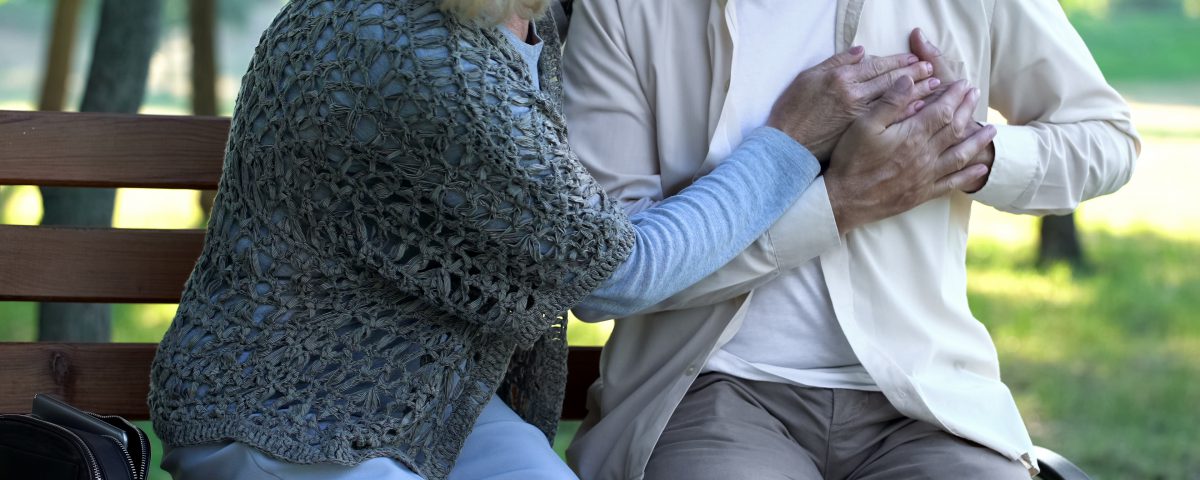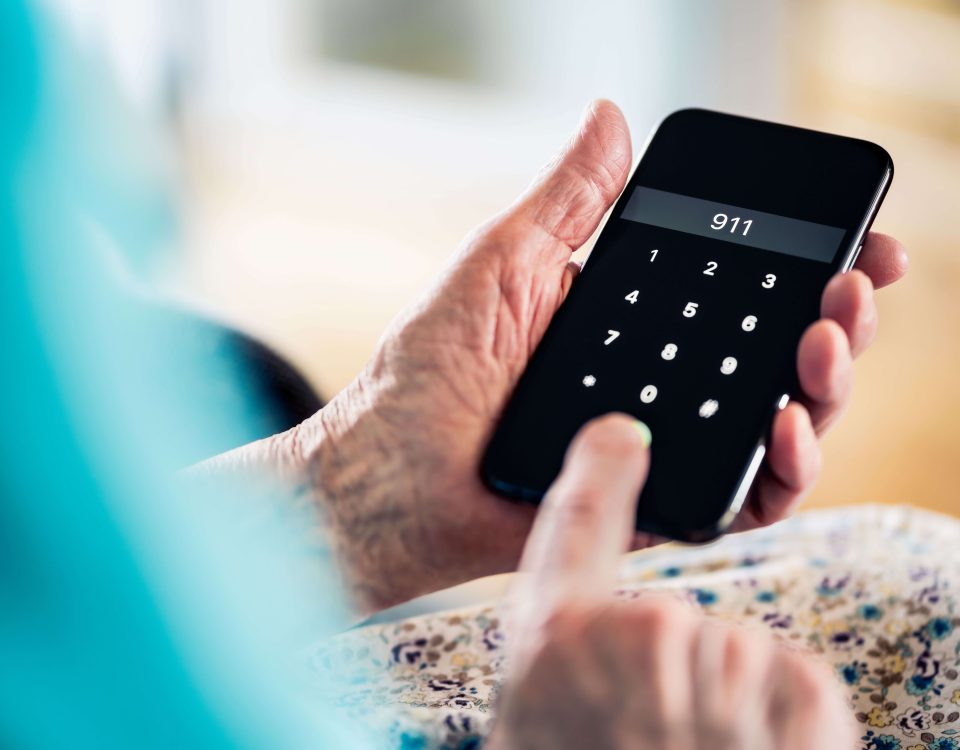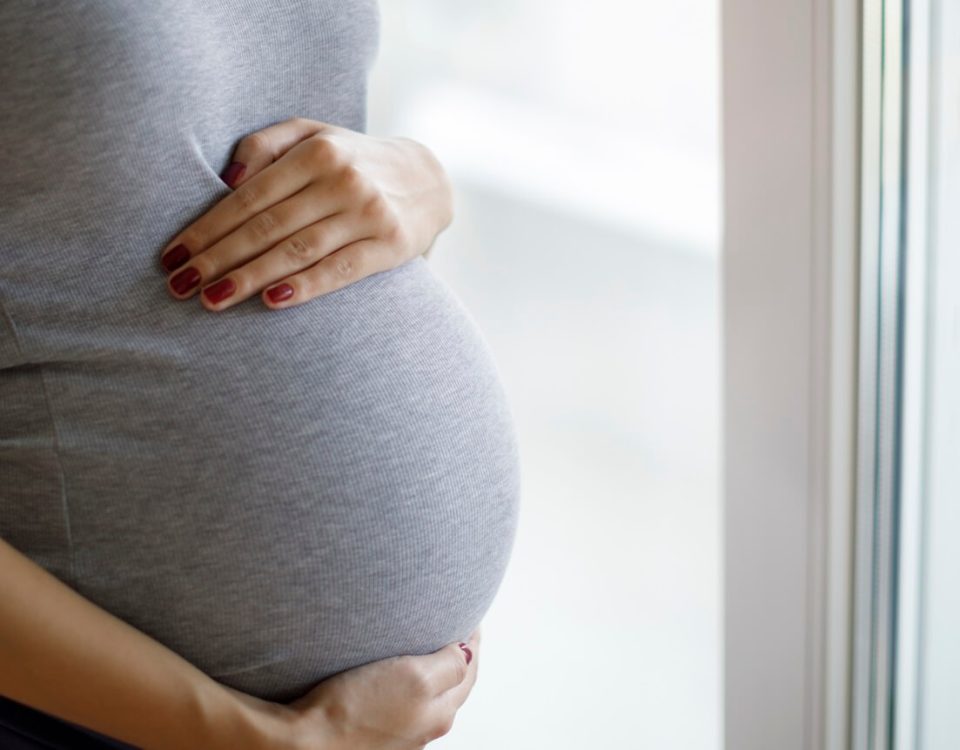- Have any questions?
- 412-123-4567
- noreply@upmc.com
Heart Attack: Know What to Do

A heart attack is one of the most common medical emergencies.
- Every 40 seconds, someone suffers from a heart attack in the United States, according to the American Heart Association.
- The Centers for Disease Control and Prevention reports that more than 700,000 Americans suffer a heart attack each year.
Although heart attacks are sometimes confused with cardiac arrest, they are two different medical emergencies.
- Heart attacks occur when the flow of blood to your heart is blocked, typically by a buildup of plaque inside your arteries. That plaque also can break open and cause a clot that blocks blood flow. With restricted blood flow, your heart doesn’t get the oxygen it needs, and part of the heart starts to die. This can cause a heart attack. Note: The heart does not usually stop beating during a heart attack.
- During cardiac arrest, the heart stops beating. Cardiac arrest can happen suddenly and lead to immediate danger of death.
While heart attacks are dangerous and potentially life-threatening, thousands of people survive them each year in the United States. Knowing what steps to take can help save your life or someone else’s.
How Do I Recognize a Heart Attack?
The first step of heart attack survival – for yourself or someone else - is to recognize the symptoms. Although a heart attack can happen suddenly, some can also start slowly.
Warning signs of a heart attack include:
- Chest discomfort: This is the most common heart attack symptom and can feel like pressure, squeezing, fullness, or pain that starts in the center of the chest for minutes without stopping, or is off and on.
- Body discomfort: During a heart attack, you may also feel pain or discomfort in other areas of the body, including your arms, back, jaw, neck, or stomach.
- Shortness of breath: You may not be able to catch your breath, or feel like you can’t take a deep breath.
- Cold sweat
- Nausea
- Lightheadedness
Women may have different symptoms than men. While chest pain is still the most common sign, women are more likely to have other symptoms, including:
- Extreme fatigue
- Dizziness
- Lightheadedness or fainting
- Pressure in the upper back
What Do I Do During a Heart Attack?
If you or someone else is having a heart attack:
- Call 911: You or someone else should call 911 immediately if you suspect a heart attack.
- Every minute matters, and emergency professionals can transport heart attack victims to the hospital much faster than if they’re taken by others. Emergency professionals can also initiate interventions and notifications that lead to quicker treatment at the hospital.
- Emergency professionals are also trained in what to do if a person’s heart stops beating and will have equipment and other resources on board the ambulance to intervene on the trip to the hospital.
- Take aspirin: Aspirin can help slow or stop the growth of an artery-clogging clot during a heart attack. If available, chew and swallow one tablet of uncoated adult aspirin or four tablets of uncoated baby aspirin.
- Take heart medication: If you or the person having the heart attack has any heart medication prescriptions, such as nitroglycerin, take it as prescribed.
- Try to stay calm: If you or the person is having a heart attack, loosen any tight clothing, sit down, rest, and attempt to stay calm.
- Chest compressions: If the person having a heart attack loses consciousness or their heart stops beating, you may need to give chest compressions or use an AED.
- Kneeling next to them, lock your hands together and place them on the center of the chest between the nipples.
- Using your whole body, not just your arms, push downward hard and fast—at least two inches deep.
- Continue compressions – at 100-120 beats per minute until help arrives or the person regains consciousness.
- If there is another individual on the scene, you should switch off every two minutes to preserve the quality of the compressions.
- Use an AED: In addition to CPR, you can use an automated external defibrillator (AED) if a heart attack victim loses consciousness and one is available. These portable devices can “shock” a heart during cardiac arrest, helping it regain normal rhythm.
- In public buildings and areas, AEDs tend to be in highly trafficked areas such as near elevators, kitchens, and bathrooms.
- An AED has electrodes that attach to a person’s skin and can analyze the heart’s rhythm.
- If defibrillation (a shock) is needed to restart the heart’s rhythm, an audible prompt from the device tells the user to press a shock button.
- The device shocks the heart to give the heart a chance to restart normal rhythm.
The most important thing to do if you or someone else is having a heart attack: Act quickly! Don’t wait for symptoms to go away, because every minute matters.
Sources:



